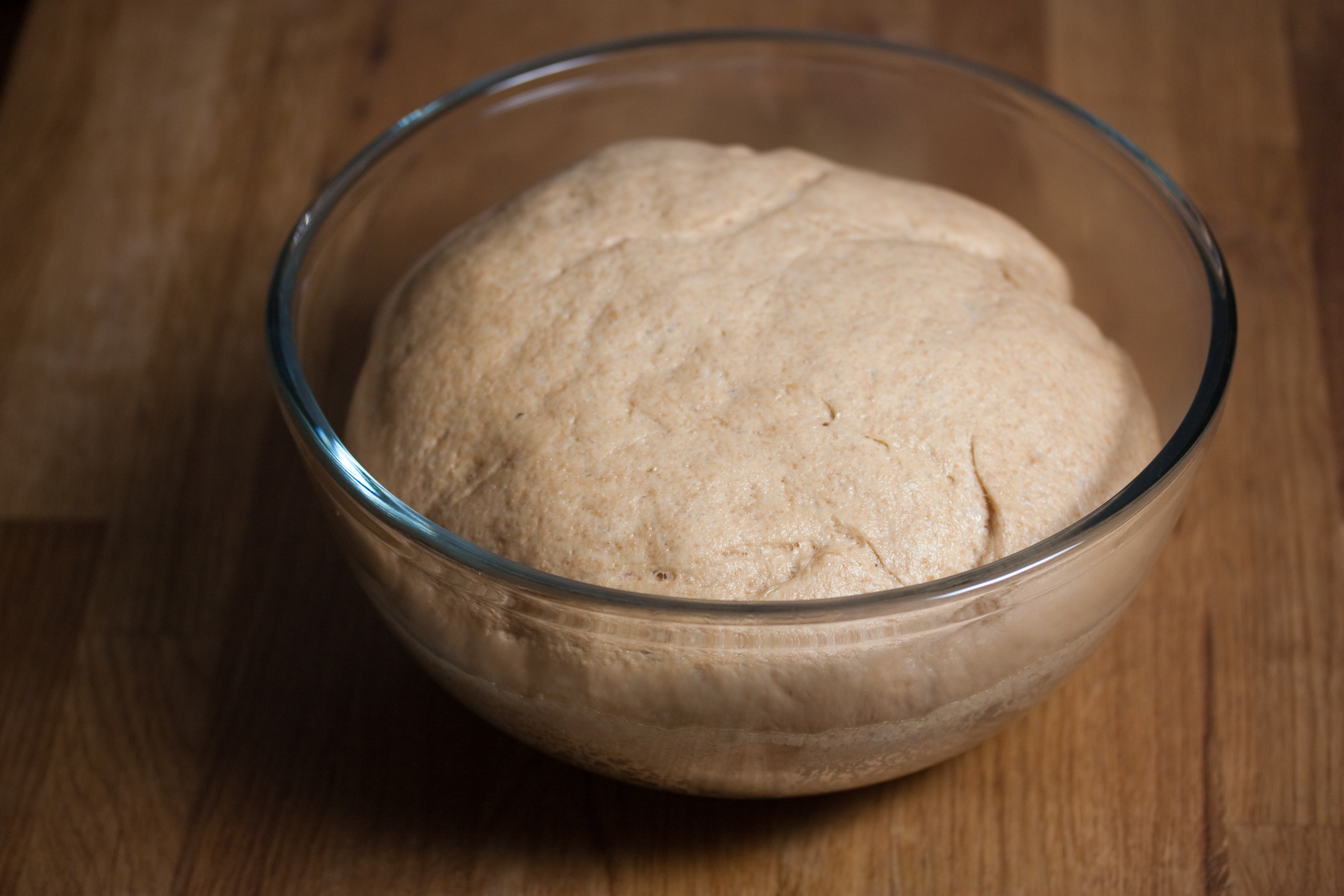25 Uses for Classic Flour Sack Towels
Recently I stumbled upon some flour sack towels at Walmart and the instant I looked at them, it was like déjà vu, taking me back to my childhood, watching and helping my grandparents wash their dishes after every meal. They still to this day do not have a dishwasher, and these towels were absolutely their preference for getting the job done right.
I had to grab a pack to try them out for myself again and I really love them! There are so many uses for these things.
What are Flour Sack Towels?
They are super absorbent, lint free, and vastly superior to any decorative towels you might find at a department store.
Brief History of Flour Sack Towels
It started back in the 1850’s. Rather than bringing home a heavy and bulky barrel of flour, and since cotton was inexpensive, grain mills began shipping flour in large, thick cotton bags strong enough to hold 50 pounds.
Before long, cotton bags were being used not only for flour, but also for sugar, seeds, animal feed, fertilizer and more. Resourceful housewives soon noticed that this nice, sturdy fabric was way too useful to be tossed out. This packaging material often found new life as towels, aprons, diapers, coverlets, and even clothing.

Besides being great for dish-drying, there are so many great uses for flour sack towels. Here are 25 different ways to use them around the home.
25 WAYS TO USE FLOUR SACK TOWELS
USES IN THE KITCHEN:

-
Cover bread dough and baked goods to keep them warm while rising.
-
Wrap and cover dinner rolls and breads to keep them warm at the table and contain crumbs.
-
Spread towels out on the counter to drain produce after rinsing.
-
Fold a towel in half and sew a seam on the edge of the long side, and on one of the short edges. This makes a bag you can use for storing produce in the refrigerator.
-
Line a refrigerator drawer with a slightly damp towel to keep greens, lettuce, and salad items moist and fresh. The produce won’t be harmed as it would be by plastic wrap, which can quickly cause deterioration.
-
Sort blueberries on white towels to easily see and remove damaged berries, loose stems and bits of leaf; clean the berries by holding up one end of the cloth and rolling them from one cloth to another. Any remaining debris or tiny insects cling to the cloths. This eliminates the need to rinse the berries, which causes the skin to toughen when frozen.
-
Use thinner cloths to strain homemade jellies, yogurt cheese, and anything else that needs straining. For large amounts, line a metal strainer with the cloth.
-
Dry dishes, wipe counters and do general kitchen clean-up. Save trees by using fewer paper towels.
-
Set canning jars on a towel to drain after washing; spread out a new, dry cloth to keep jars clean, avoid slips, and catch drips when filling jars with soup or other liquids for the freezer, or when filling jars with beans, grains, or other items for storage.
USES IN THE GARDEN AND AROUND THE HOMESTEAD:
-
Line a peach basket with a large towel for picking small or delicate produce such as berries, beans, lettuce, and tomatoes. This keeps berries from falling through the gaps and protects produce from the rough edges.
-
Hold the corners to carry a few handfuls of produce from garden to kitchen.
-
Use a cloth to line a wicker basket to cushion fresh eggs as you gather and carry them from the hen house.
USES IN THE HOME:
-
When a cloth is stained and worn, relegate it to the box of cleaning rags. Snip off a small piece of one corner to identify it as a rag, so it doesn’t end up back in the kitchen. Use for cleaning windows, appliances, wood furniture, and cars; for blotting up carpet stains; and for general cleaning, polishing, and dusting.
-
Fold a towel in half and sew along two edges to make a bag for protecting delicate clothing in a washing machine. These bags can also be used for storing or organizing like items, such as small toys, travel items, candy and snack bars, things to keep in the car, first aid and cosmetics. Add a button or snap to keep it closed if needed.
-
Make a broom cover for collecting spider webs and dust in the high corners of a room, on ceiling fans, and behind furniture. Just fold the cloth in half, place the ends of broom bristles in the fold, then tie the corners together: tie the two corners on the right side, then the two corners on the left side. When finished cleaning, just shake the cloth outside and throw it in the wash.

USES FOR WORKING WITH HERBS:
-
Use a towel to gather and carry fresh-cut herbs.
-
Spread towels out on the counter to air-dry large quantities of herbs after rinsing. To dehydrate, change to a dry towel as often as needed.
-
Crush and add hot water to healing herbs like comfrey or plantain to make a poultice; place the herbs and liquid on a towel and apply where needed.
-
Use a thin towel to strain herbal oils, alcohol extracts, and teas.
-
Cut a towel into pieces measuring about five by ten inches. Sew together two sides, fill with dried herbs, then sew the third side to make an herbal bath bag or aromatic sachet. These make nice gifts or a luxurious treat for yourself.
USES FOR FIRST AID:
To use flour sack towels for first aid, wash and fold new, never-used cloths, then store them in plastic zip-close bags and keep them with other first aid supplies.
-
Use a towel to make a castor oil pack for healing serious injuries.
-
Make a sling to support an injured arm, hand, elbow, wrist or shoulder. Just fold the towel into a triangle, then tie the ends together.
-
Cut a towel to the right size for use as a bandage for covering wounds or wrapping injuries.
-
Stop serious bleeding by applying pressure with a clean towel or wrapping the towel to serve as a tourniquet.
-
Arrange one or more towels to cushion and protect painful areas.
- www.pixabay.com
- www.lehmans.com
 Mary Richardson
Mary Richardson
Weekly Newsletter Contributor since 2014
Email the author! mary@dvo.com
